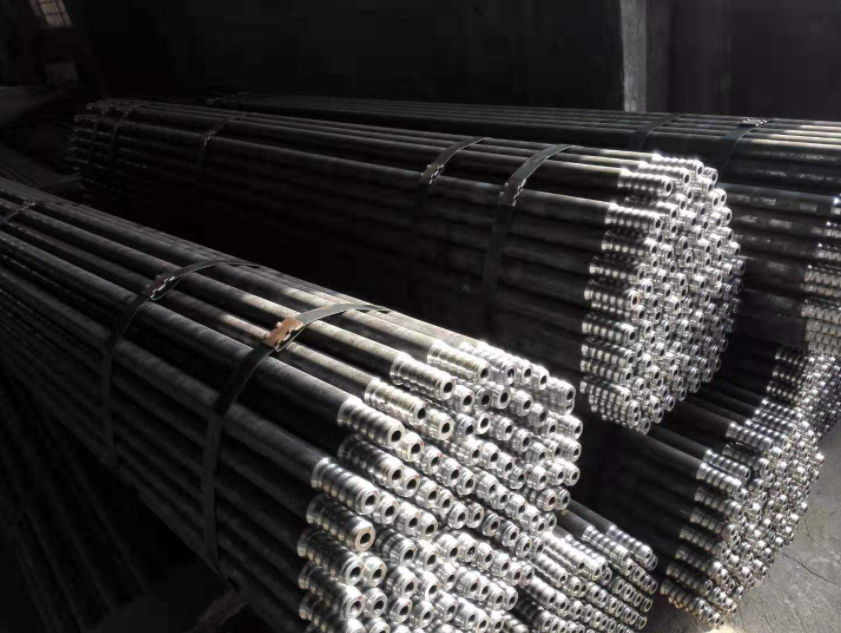How to ensure the quality of blast furnace drill pipe
Related products Link:
The blast furnace drill pipe has the characteristics of simple structure, safety and reliability, and low cost. It is suitable for various opening machines, and there are many types. The commonly used types in mines are 28, 30, and 32. The drilling team uses a larger size and is useful. 75, and 65, etc., you can buy blast furnace drills suitable for yourself according to your own production environment. How does a blast furnace drill work? During digging, the drill bit moves around the vertical axis and moves axially at the same time.
The ambient temperature is generally above 1000 ℃. According to the actual use requirements, I have matched the heat-resistant tool steel for the working column teeth of the reaming drill bit. The alloy column teeth have high toughness, high hardness, and good red hardness. Several major characteristics , the service life of the reaming bit is increased, and the service life of the blast furnace drill pipe can be as high as 20 to 25 times (the alloy column teeth can be replaced many times).
Gaea Rock reminds that before inspecting the drill bit for damage or missing teeth, make sure there are no cutters, carbide, steel parts in the bottom of the hole, so that the bottom of the hole is clean and free of contamination.
Handle the bit carefully, remove the steel port bit and place the bit on a rubber pad or wooden board
Clean the hydraulic oil tank, replace the oil return, oil suction, pilot and drain filter elements, replace the breather on the hydraulic oil tank cover, add new hydraulic oil, make the hydraulic oil level rise to 200mm from the top of the oil tank and stop refueling
Unscrew the 2 bleed screws on the hydraulic pump, and tighten the bleed screws when the hydraulic oil flows out of the 2 bleed ports and there are no air bubbles. Start the engine, observe the boom and stick cylinder hoses, and replace the hoses when there is clean hydraulic oil flowing from the stick and boom hoses
Remove the plug on the bucket cylinder pipe, start the engine, observe the bucket cylinder pipe, turn off the engine when clean hydraulic oil flows out, and install the bucket cylinder oil pipe (if there is no clean hydraulic oil flowing out, open the separation handle and operate it slowly Bucket operating handle until the oil pipes on both sides have clean hydraulic oil flowing out)





